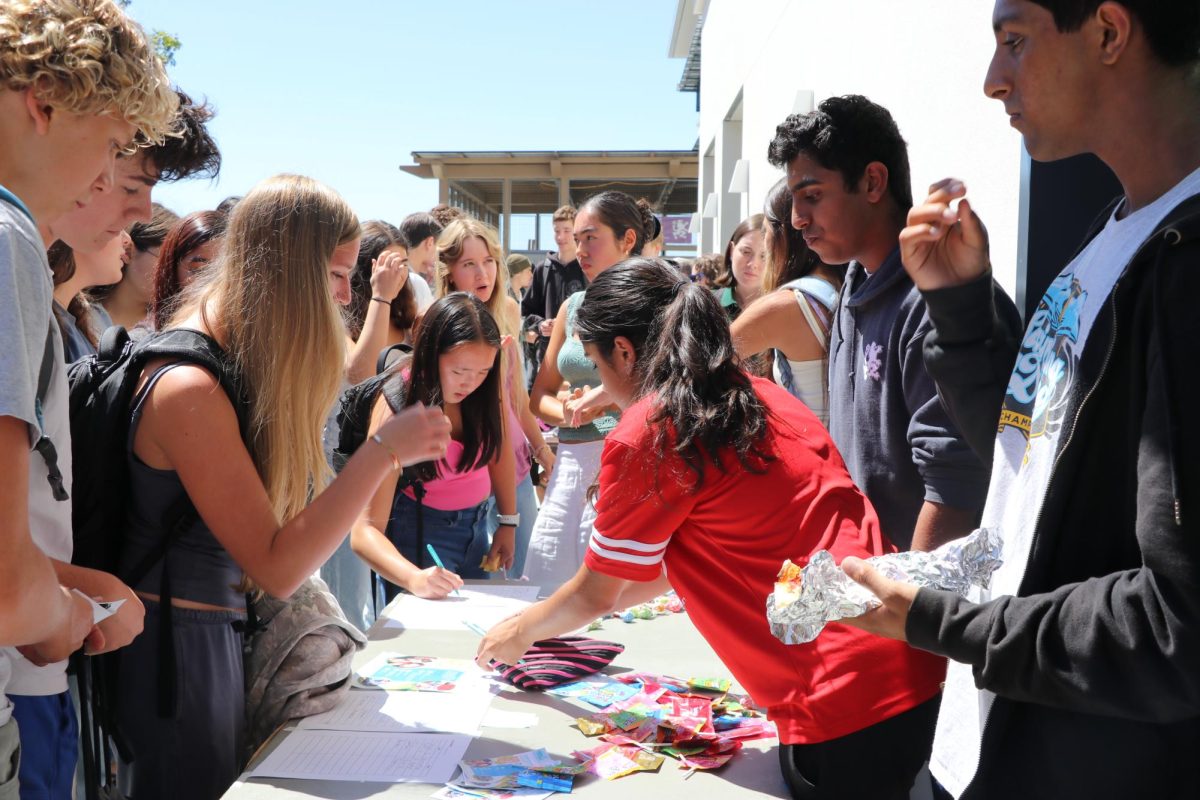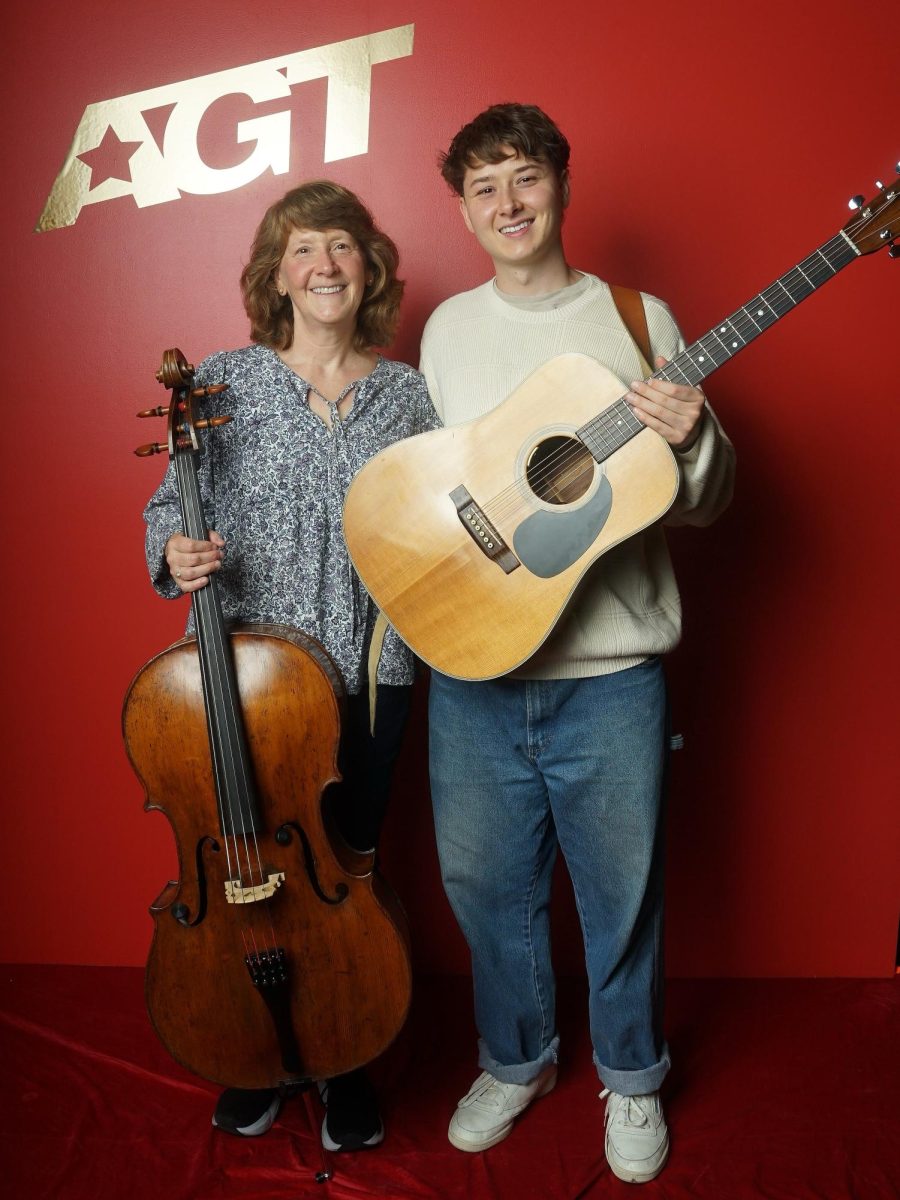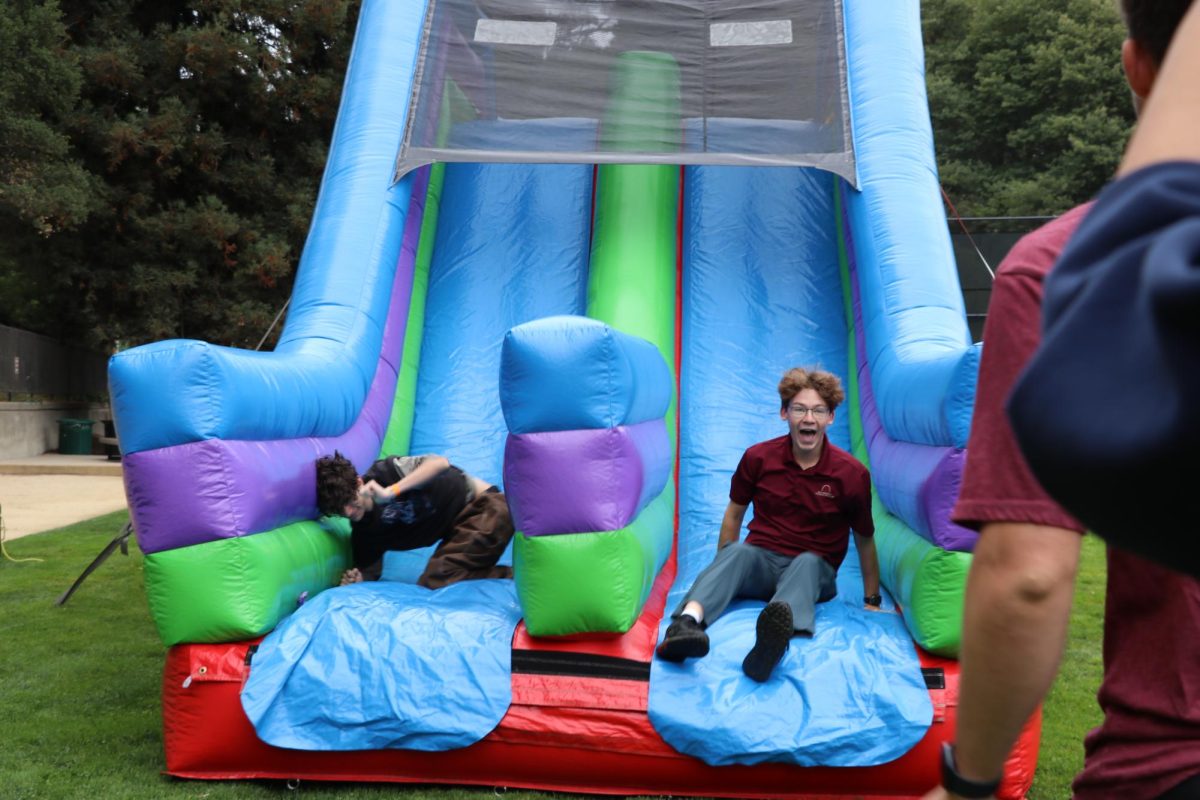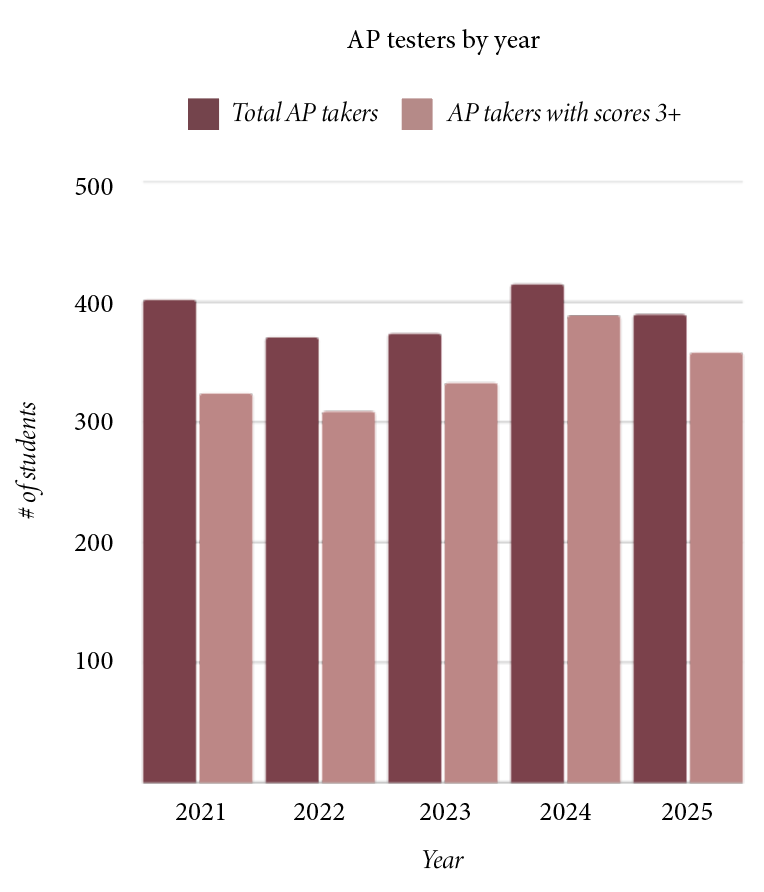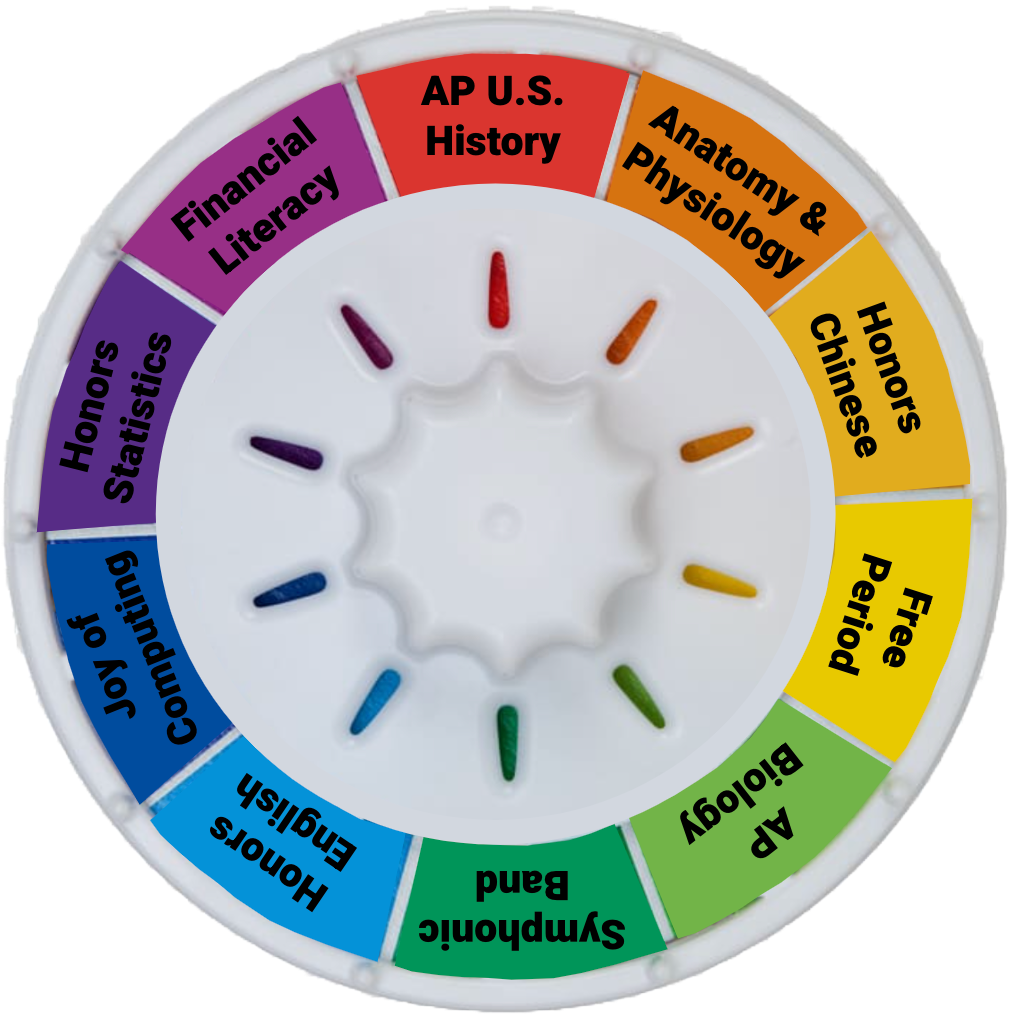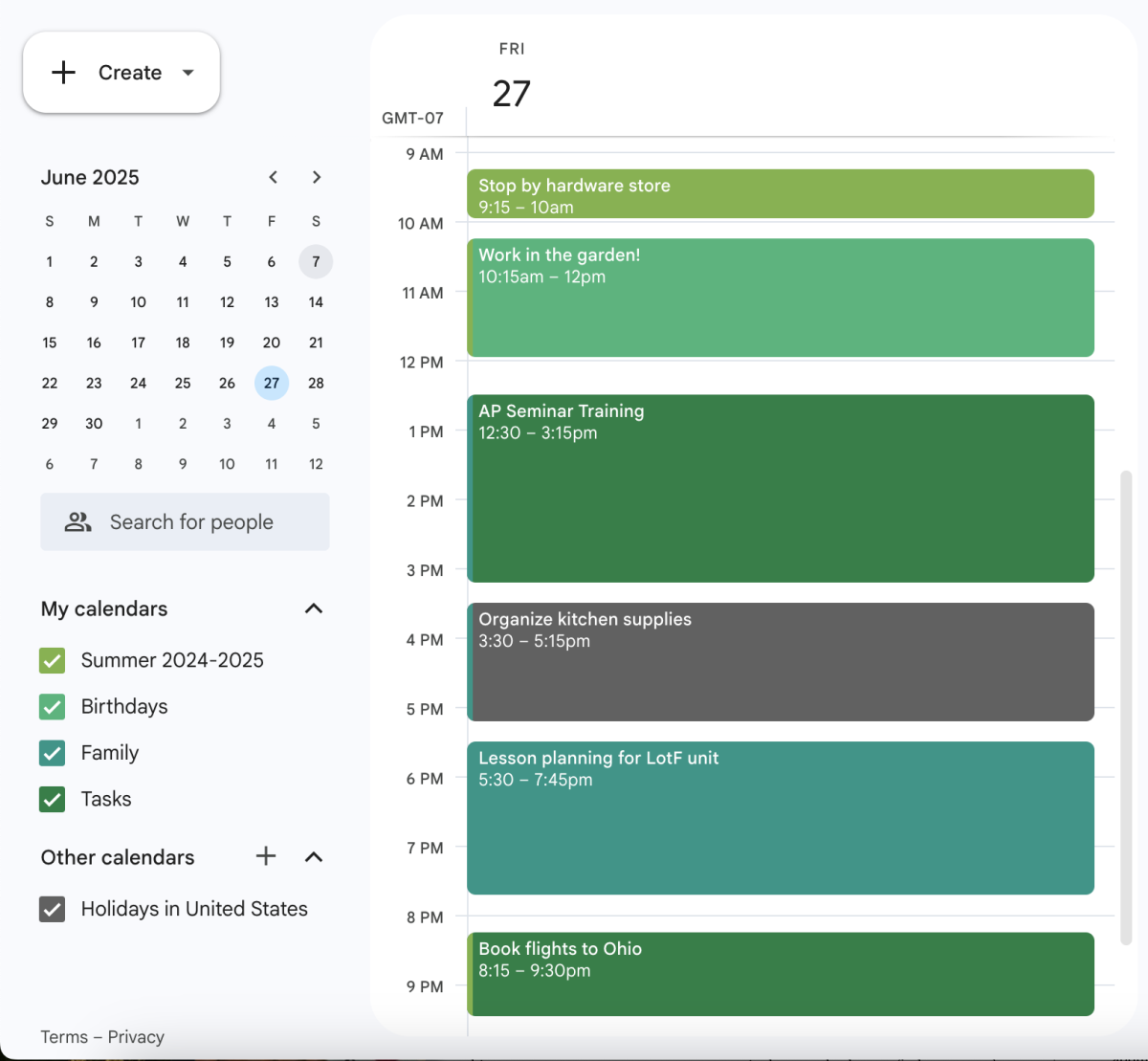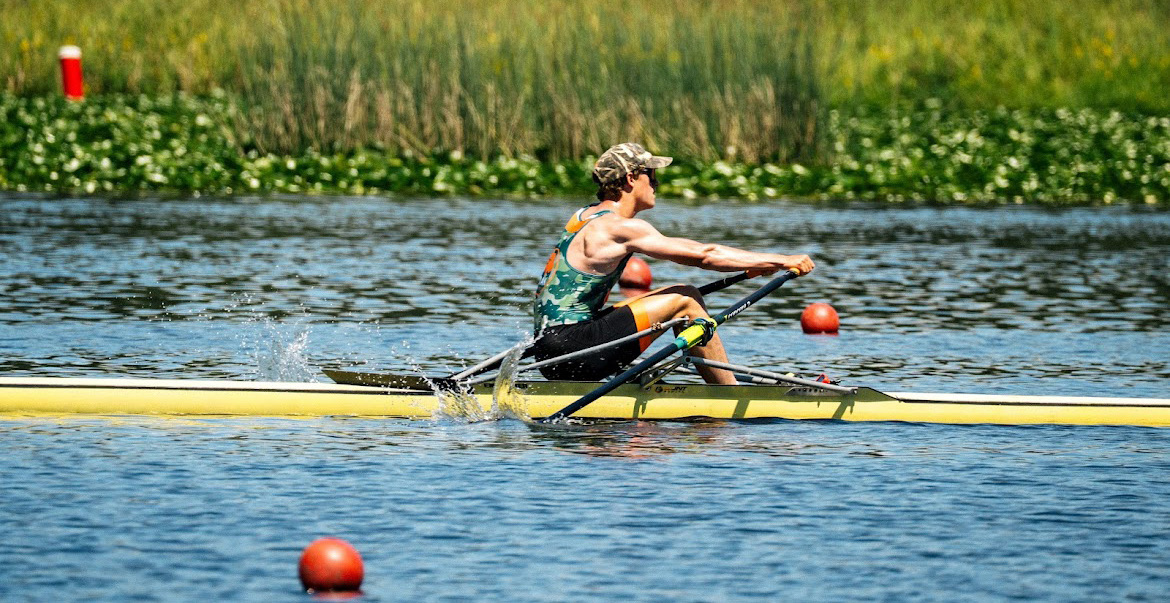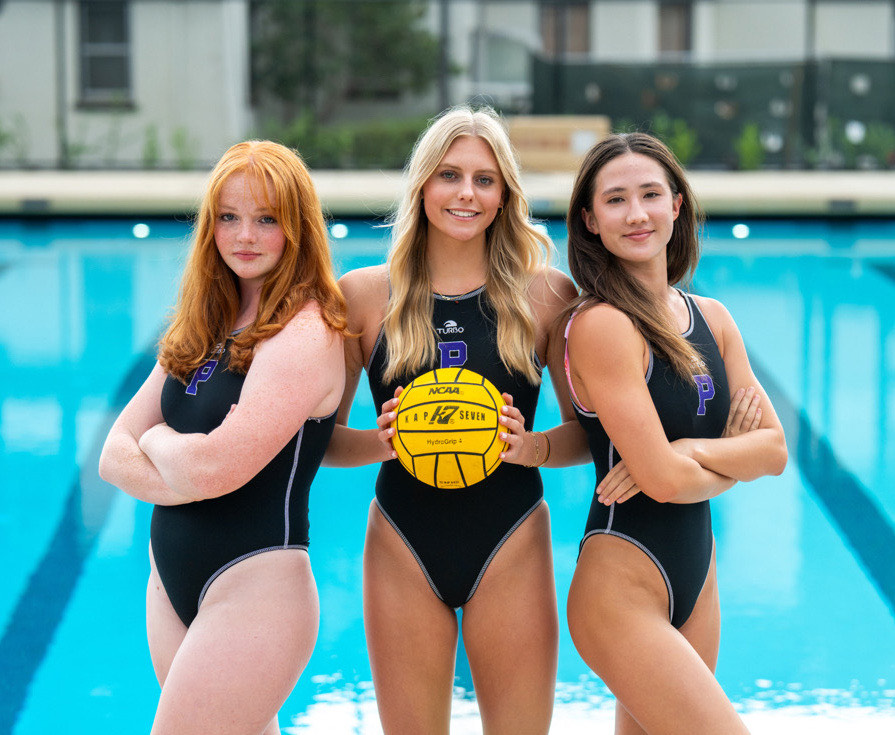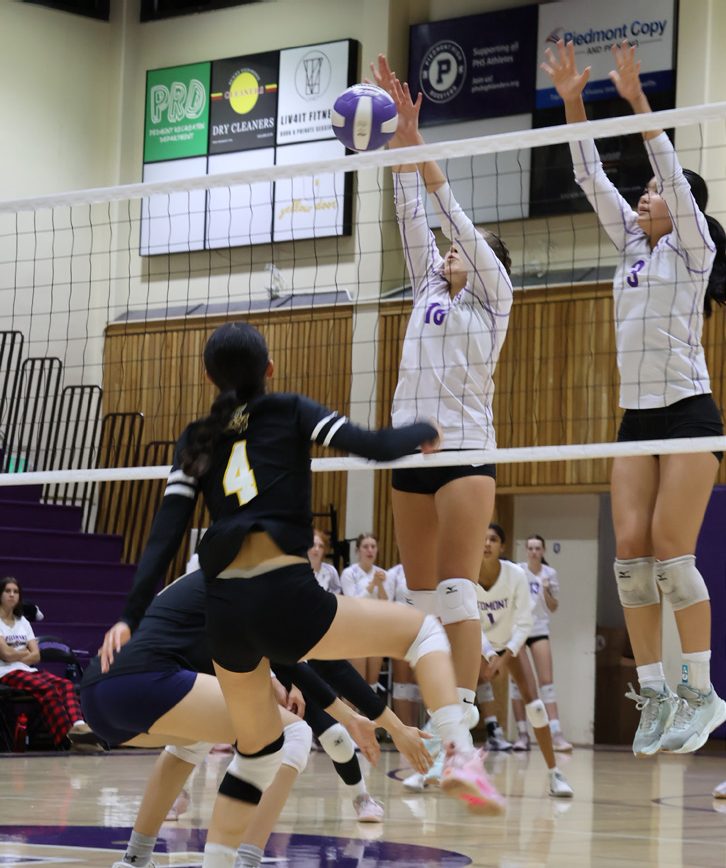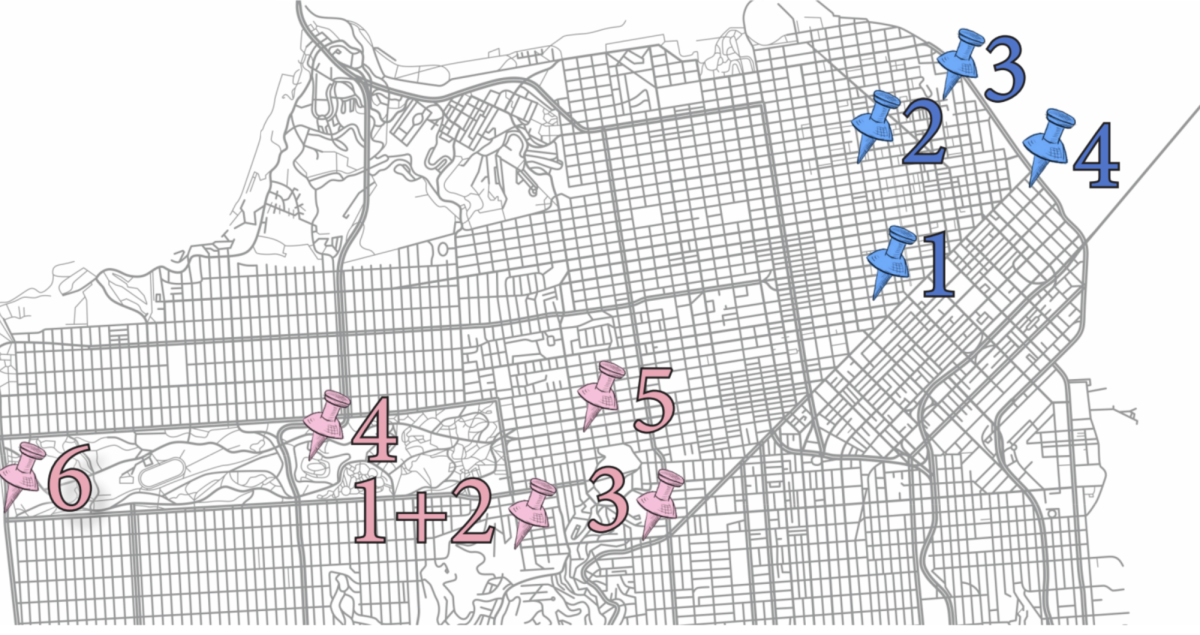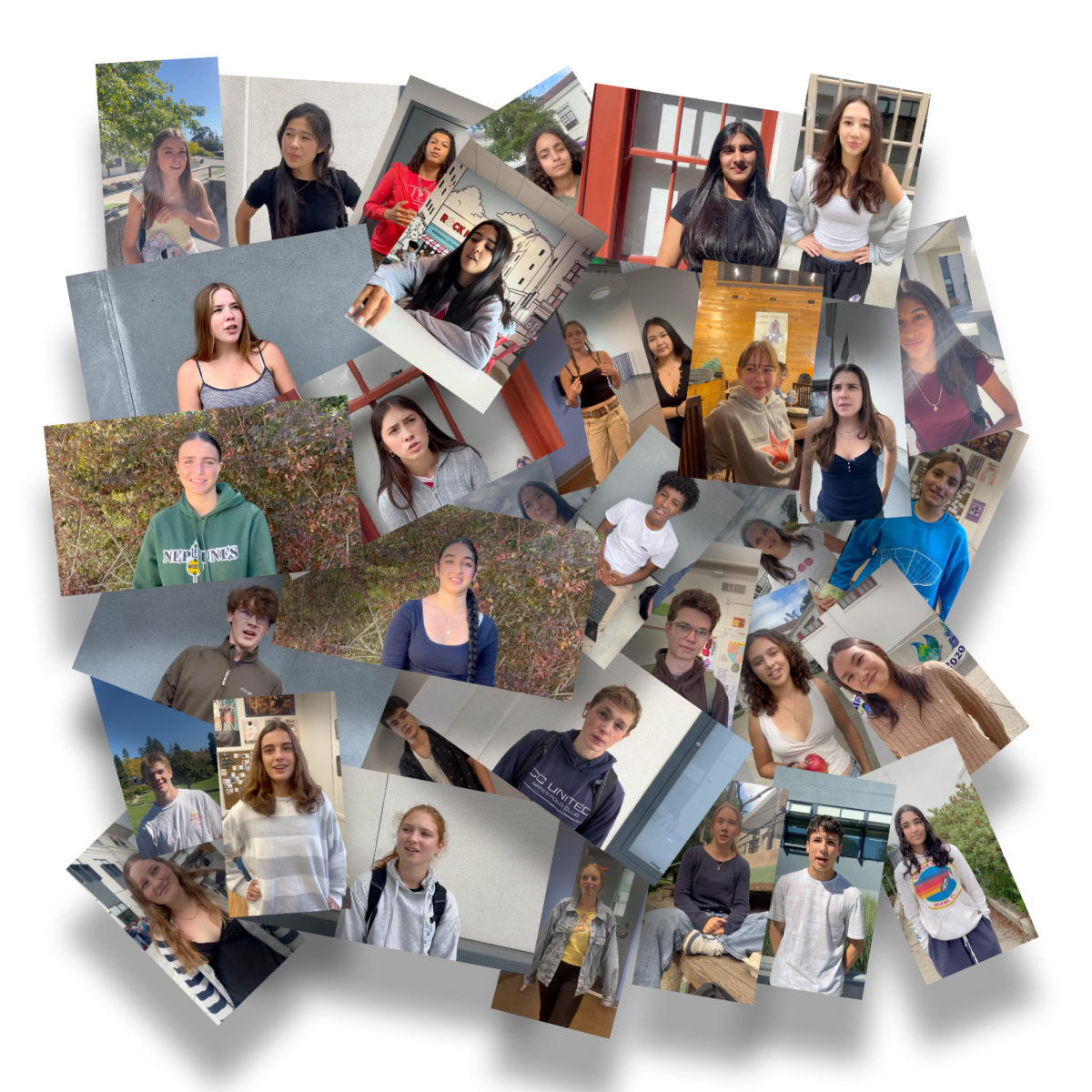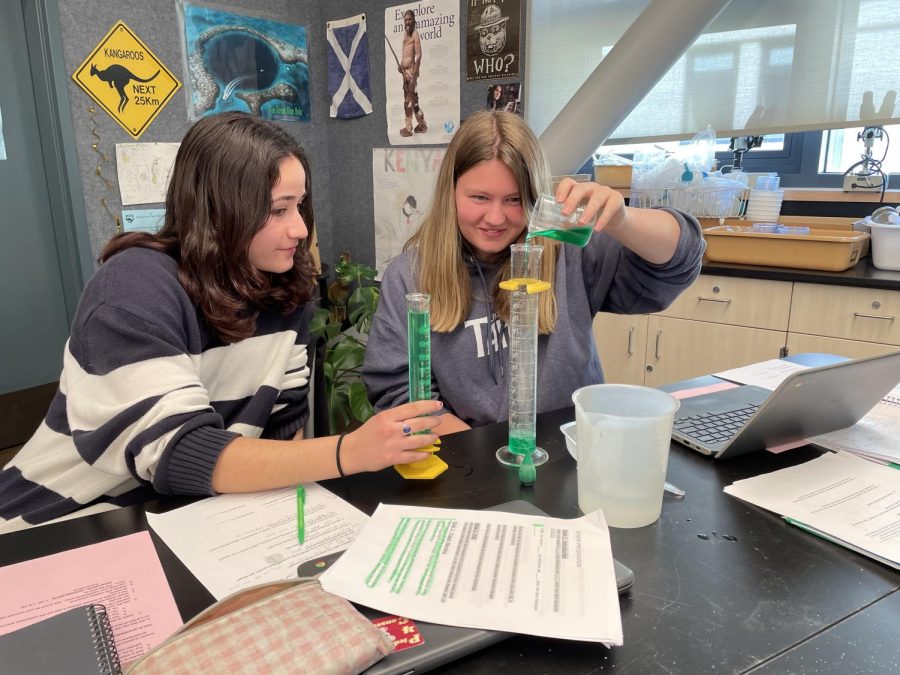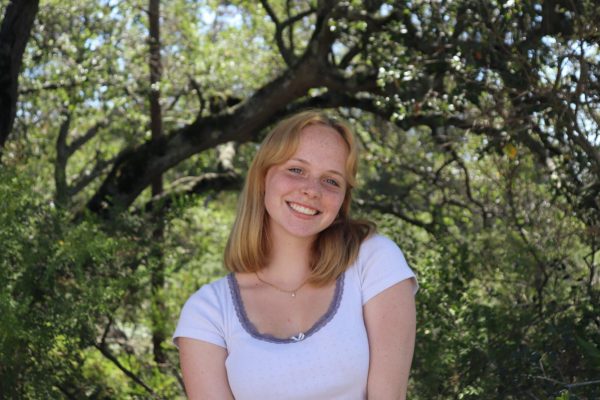New Marine Science Class Starts Off Swimmingly
Photo courtesy of Jana Branisa
Marine science students work on a lab
Feb 16, 2023
This semester, PHS is offering a marine science course for the first time. Marine science is a semester-long field science course taught every other spring by science teacher Andy Willats. Willats also teaches AP environmental science and a number of other field science courses, which are classes that focus on one element of science, such as geology or ornithology.
The marine science course covers the ecology of the ocean ecosystem.
“I want the students to come out of this class with a better appreciation for our place in the world, and the different ecosystems that exist in it,” Willats said.
In addition to leaving the course with a better general understanding of the ocean, students will also focus on the specifics of certain areas of marine life.
“Right now we are learning about plate tectonics, and how they affect the formation of the ocean, but soon we should start learning about organisms, and going on field trips,” sophomore Alicia Bernales said.
Marine science holds a record high number of students enrolled compared to the other field science classes.
“Surprisingly, this is the most popular out of the four [field science] classes,” counselor Christopher Hartford said.
Marine science has a total of 54 students enrolled–more than the 39 students enrolled in entomology last semester.
“I think marine biology has a real draw for people. The oceans are poorly known, and there are just some weird things down there,” Willats said. “I think people get really excited about it.”
Many students have a general interest in the ocean that they intend to pursue beyond high school. Sophomore Julia Baysinger wants to study ecology in college, and said this class is a way to build a foundation for her later coursework.
“I had heard good things about the other field science electives, and marine science aligned with my interests,” Baysinger said. “Going into the class, I thought it would be stuff I already knew, but it’s definitely not, and I really appreciate that,” she said.
According to Willats, the marine science class will go on many excursions that are longer than the other field science electives because of their more remote locations. Students will be visiting sites such as to the Alameda Mudflats, Crab Cove, and the Half-Moon Bay tidepools.
“I am definitely excited for [the field trips]. They should be very interesting,” Baysinger said.
During the field trips, students will gain hands-on experience with recording data and making observations. Willats said that having real-world experience is a key aspect of any field science class.
“A lot of people think science is something that happens at a desk in a laboratory, but there are so many scientists that work out in [nature] doing field science, which is a lot of fun,” Willats said.
Not only will the field trips give students real world experience, but they will also be contributing to larger data collection programs.
However, students who want to enroll in marine science after this semester must wait until the spring of 2025, because PHS is offering ornithology in the spring of 2024. This is because the spring field science elective slot is a position that rotates every other year between the two classes, similarly to the rotating slot between entomology and geology in the fall.






